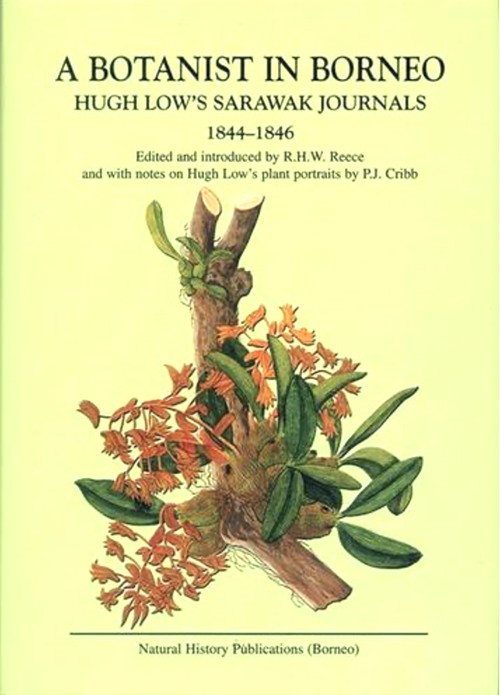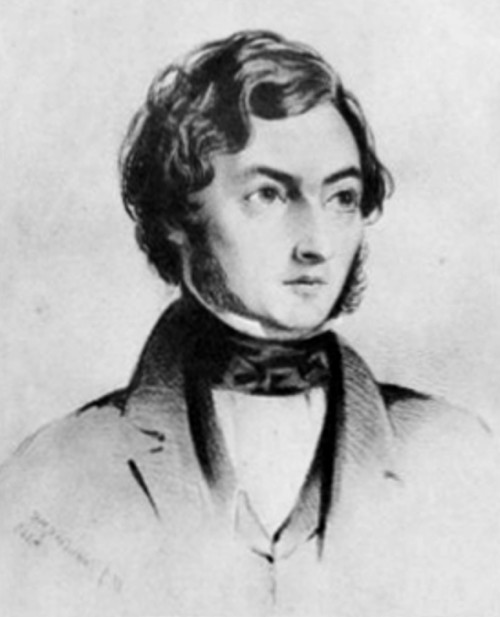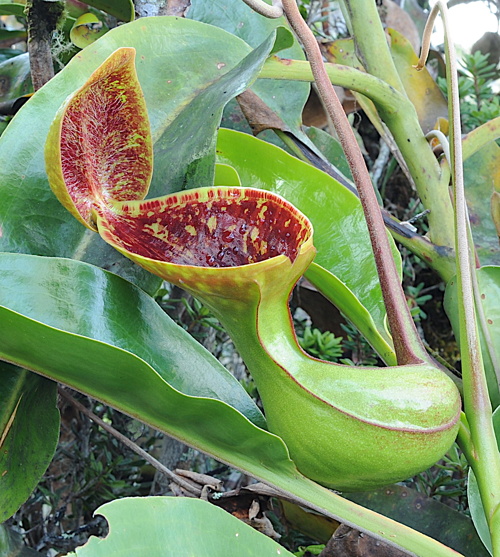Hugh Low (1824 – 1905)
Hugh Low was a British colonial administrator and naturalist. After a long residence in various colonial roles in Labuan, he was appointed as British administrator in the Malay Peninsula where he made the first trials of Hevea rubber in the region. He is often considered the first successful British administrator in the region, whose methods became models for subsequent British colonial operation in the entire South East Asia Region.
During his stay in Labuan, Low explored part of North Borneo. His notable exploration in the area is when he ascended Mount Kinabalu, the highest peak in Southeast Asia. Low made the first documented ascent of the mountain in March 1851. Then in 1858, he made another two ascents that year in April and July. Both Kinabalu's highest peak as well as the deep gully on the northern side of the mountain are named after him.
Mt Kinabalu, for many, is the spiritual home of exotic highland Nepenthes. Low must have seen many beautiful plants new to science on his ascent of Mount Kinabalu, but none as remarkable as four of the most spectacular of all Nepenthes, Nepenthes rajah, N. villosa, N. lowii and N. edwardsiana.
Low is commemorated by Nepenthes lowii and the spectactular Rhododendron lowii amongst other plants and animals.
For more information on the life of Hugh Low please see Wikipedia.
The ICPS claims no copyright on the content of this page. Please see the list of sources used for the pages on key historical figures in the study of carnivorous plants.


Hugh Low

Nepenthes lowii. Photo © Richard Nunn.
